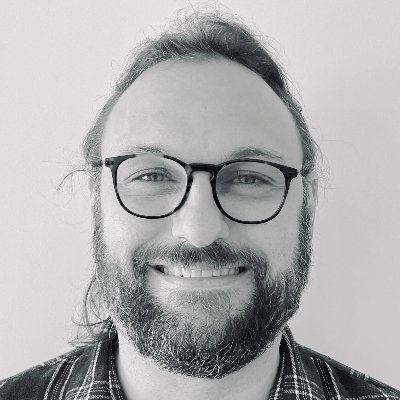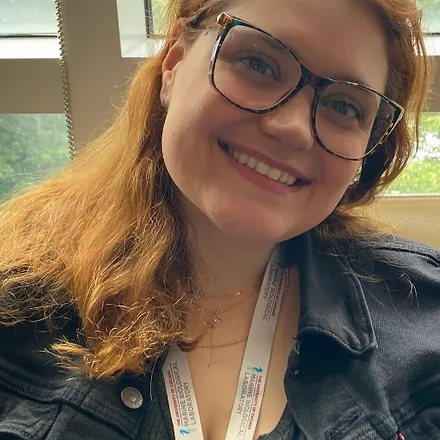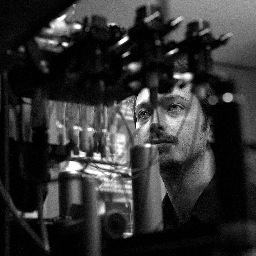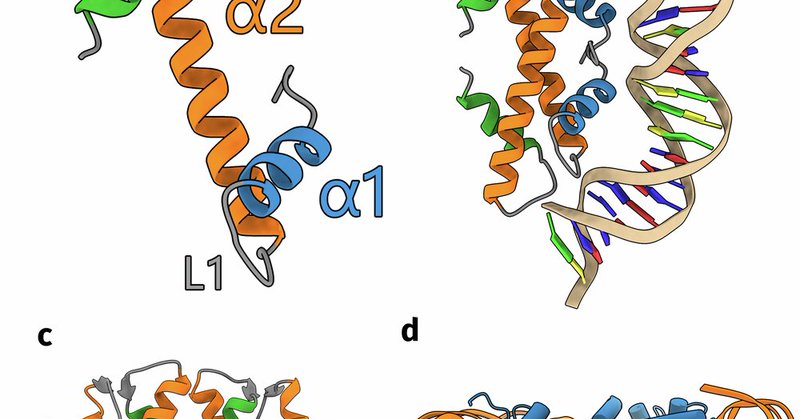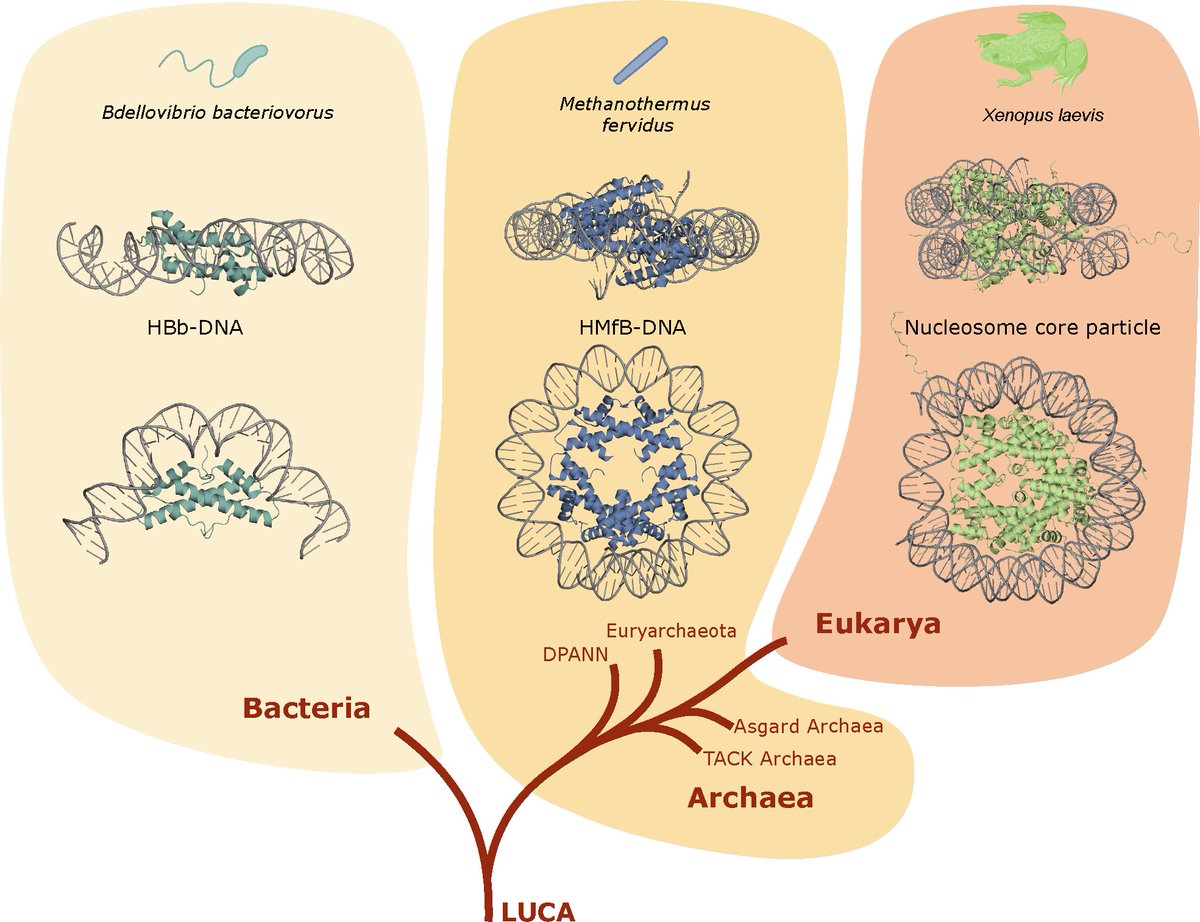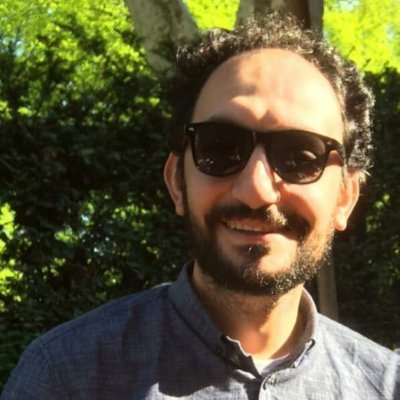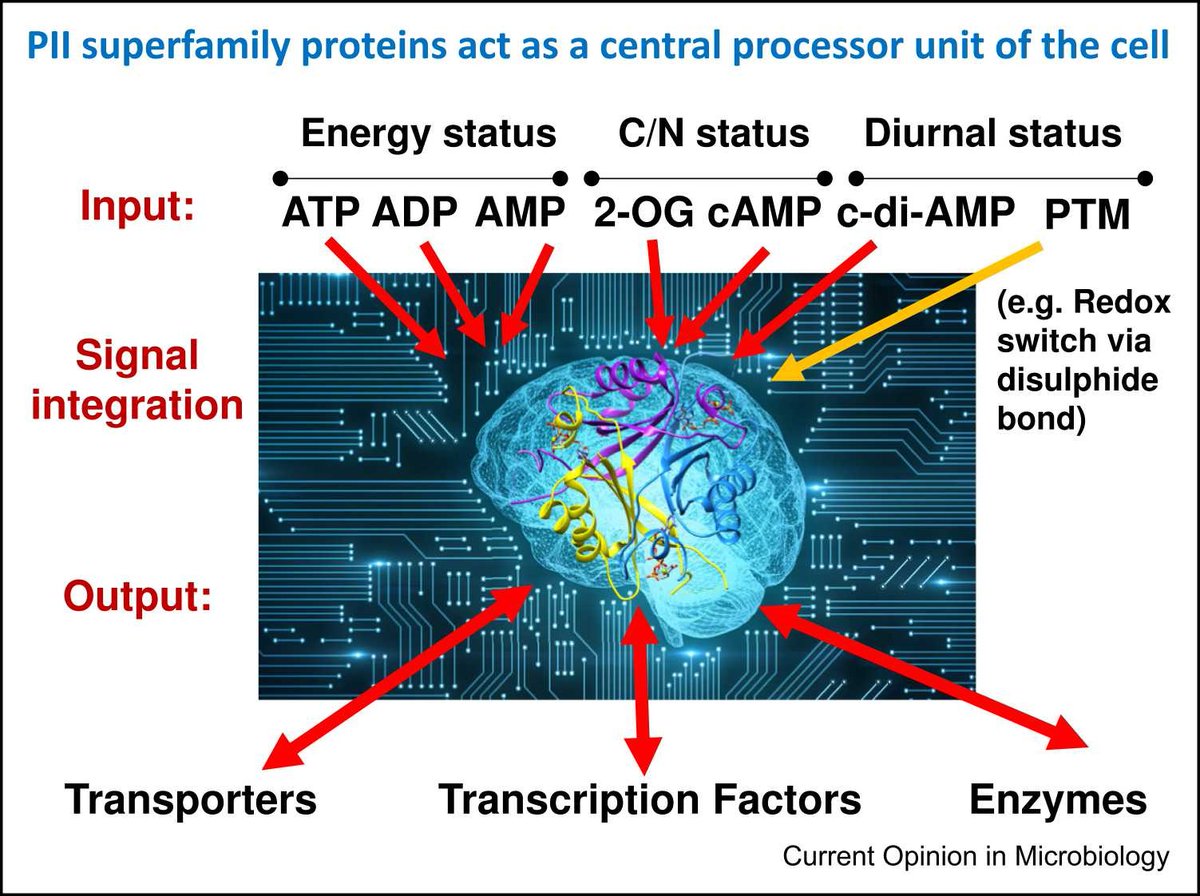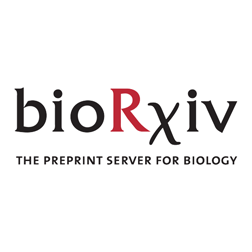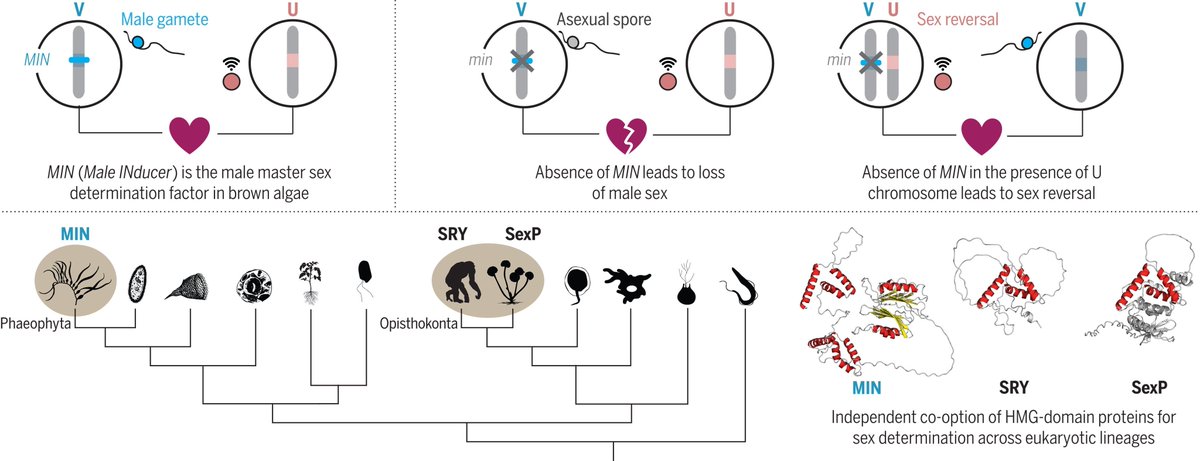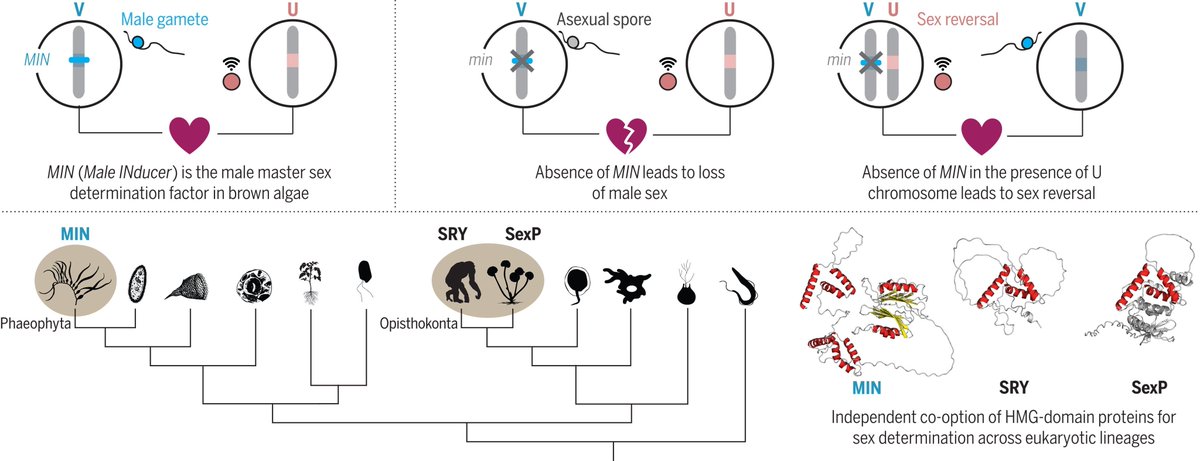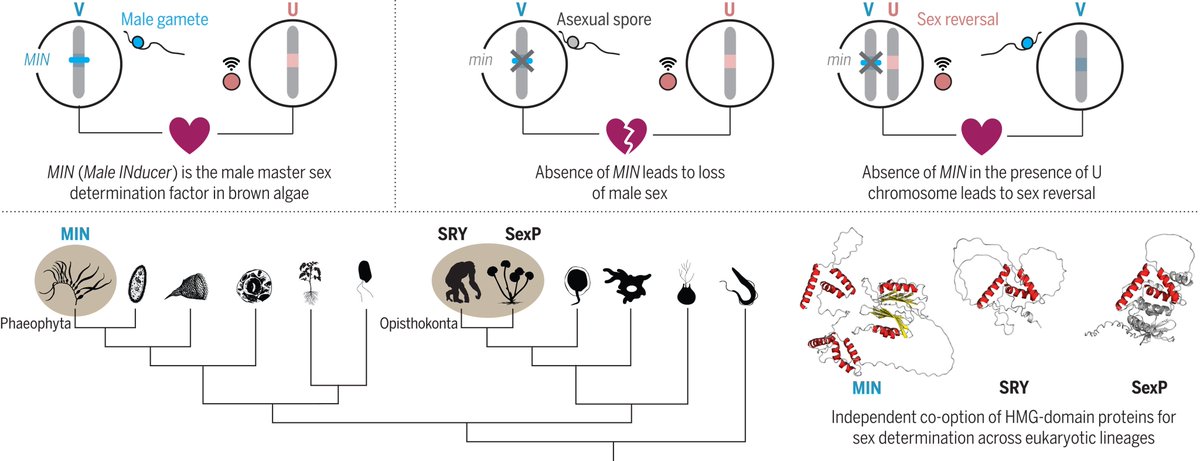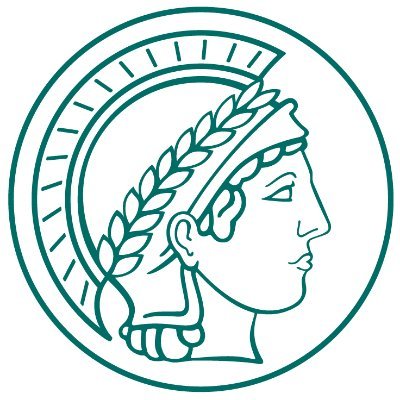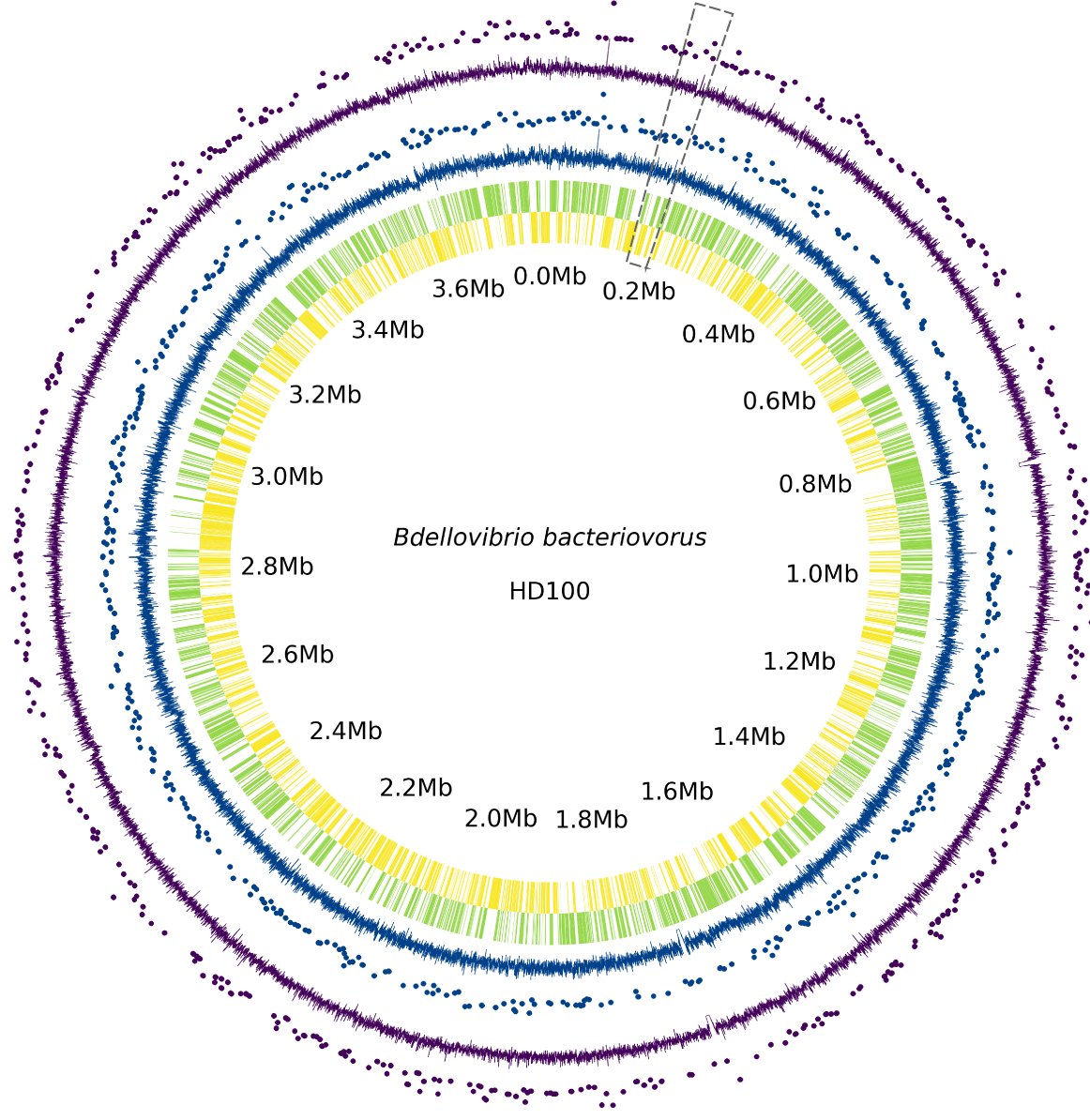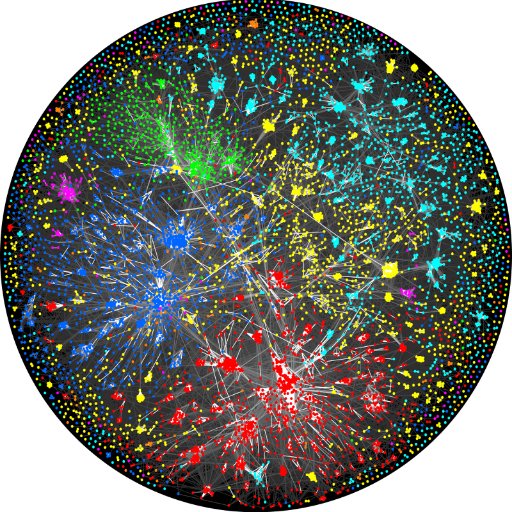
MPI Bioinformatics Toolkit (MPI for Biology)
@mpitoolkit
Followers
1K
Following
742
Media
15
Statuses
522
An integrative platform for protein sequence and structure analysis. Tweets by @Vikram_Alva https://t.co/An2CMmrOun @MPI_Bio
Tübingen, Germany
Joined February 2017
Our paper describing the new Toolkit is out! https://t.co/1hxY4beQN8
0
4
13
Donor Strand Complementation and Calcium Ion Coordination Drive the Chaperone-free Polymerization of Archaeal Cannulae https://t.co/1NKKP7hFqj Happy that the preprint is now published. Great collaboration with fantastic colleagues. @conticellolab @EmoryChem
biorxiv.org
Cannulae are tubular protein filaments that accumulate on the extracellular surface of the hyperthermophilic archaeon Pyrodictium abyssi during cell division. Cannulae have been postulated to act as...
2
3
6
This story started 5y ago with my lab. Spearheaded by fearless 1st authors @theopi and Olivia Leland. Theopi is now a PhD student at @BrownUniversity. Olivia is a physics PhD student at @BrandeisU, a self-taught biologist, and made us love soft matter. A (very long) thread (1/24)
Tissue-Like Multicellular Development Triggered by Mechanical Compression in Archaea https://t.co/dgcRTwNDTe
#biorxiv_cellbio
14
80
388
Excited to share our team's discovery on tissue-like multicellularity in archaea under mechanical compression! Led by @theopi, Olivia Leland & @Archaeon_Alex, it rethinks the evolution of multicellularity beyond eukaryotes. @HFSP @MPI_Bio
https://t.co/ONNTYKIiDm
This story started 5y ago with my lab. Spearheaded by fearless 1st authors @theopi and Olivia Leland. Theopi is now a PhD student at @BrownUniversity. Olivia is a physics PhD student at @BrandeisU, a self-taught biologist, and made us love soft matter. A (very long) thread (1/24)
3
21
122
New paper online @PNASNews! Great collab with @Vikram_Alva, @PohlschroderLab, @SchmidLab and inspiring team work within the Bisson lab. PNAS: https://t.co/JQ63AmQ8kB Preprint: https://t.co/QT9EWXA1Sb Blurb: https://t.co/QYJnOc2D5J highlights below (1/4)
1
20
57
I am very pleased to share our recent study on prokaryotic histone structure and diversity https://t.co/d20OHSG8LS Great work by PhD student @SammyBoterhammy. With @aimeelboyle, @Vikram_Alva, Birte Hernandez Alvarez, Yimin Hu, @MPI_Bio, @LeidenScience
nature.com
Nature Communications - Prokaryotes contain 17 types of histones, based on predictions from AlphaFold2. The histone groups differ from each other in the multimer structures that they form....
1
26
88
Some bacteria have proteins much like ours that organise their DNA. Biochemists from @DameLab & the @MPI_Bio reveal this in a new paper. Their work helps us better understand evolution & how bacteria organise their DNA. Read: https://t.co/R0SYshku5y
@Vikram_Alva
@SammyBoterhammy
universiteitleiden.nl
Some bacteria, it turns out, have proteins much like ours that organise the DNA in their cells. They just do it a bit differently. This is revealed by new research from biochemists at the Leiden...
0
4
11
Thrilled to share our manuscript on bacterial histone HBb from Bdellovibrio in @NAR_Open! We report DNA-bound HBb structures, showing its DNA bending properties. With Birte Hernandez Alvarez, @DameLab, Yimin Hu, @SammyBoterhammy, @MPI_Bio, @LeidenScience
https://t.co/F0qEpmPyES
6
21
69
I am excited to share our new preprint on the structure of S-layers. The work is a collaboration between @OxfordChemistry (Ed Johnston and myself) and @buse_isbilir and @TBharat_lab at @MRC_LMB and @Vikram_Alva at @MPI_Bio. 🧵 1/11 https://t.co/SbZqHfjrFc
biorxiv.org
Surface layers (S-layers) are two-dimensional (2D) crystalline lattices that frequently coat prokaryotic cells, playing a crucial role in protection, maintaining cellular integrity, and mediating...
2
9
38
Excited to share our new preprint on S-layers! We've modeled ~150 S-layers spanning the prokaryotic tree of life. Great collaboration with Ed Johnston, @JonathanDoye at @OxfordChemistry, @buse_isbilir, @TBharat_lab at @MRC_LMB, and myself at @MPI_Bio.
I am excited to share our new preprint on the structure of S-layers. The work is a collaboration between @OxfordChemistry (Ed Johnston and myself) and @buse_isbilir and @TBharat_lab at @MRC_LMB and @Vikram_Alva at @MPI_Bio. 🧵 1/11 https://t.co/SbZqHfjrFc
1
6
24
Happy to share our review on the versatile and emerging roles of PII-like proteins in cell signaling, coordinating vital metabolic states across life forms. @MPI_Bio
Happy to share our recent view on #PII-LIKE signaling w/ @Vikram_Alva @BUnifr & @MPI_Bio in Current Opinion in Microbiology PII-LIKE proteins are widespread in all life domains including: bacteria, archaea, phages, fungi, plants, metazoa, animals & human https://t.co/SlJBvfua5D
0
2
10
🔬Excited to share the revised version of our manuscript on the bacterial histone HBb from Bdellovibrio, led by Yimin Hu and @SammyBoterhammy. A fantastic collaboration with Birte Hernandez Alvarez, @DameLab, @HartmannLab. @MPI_Bio @LeidenScienceEN
https://t.co/TKLc1a6U6P
biorxiv.org
Histones are essential for genome compaction and transcription regulation in eukaryotes, where they assemble into octamers to form the nucleosome core. In contrast, archaeal histones assemble into...
2
8
26
🌱 Thrilled to share our latest research on #BrownAlgae sex determination! Led by Susana Coelho, our team has revealed a fascinating connection between the sex determination processes in brown algae and animals. #Evolution @MPI_Bio
https://t.co/KafnclGmMF
1
9
43
Did you know that sex determination in brown algae and animals shares a fascinating connection? 🌊 Our latest study reveals how HMG-box genes independently drive male sex determination in these distant organisms. 🧬 Take a deeper dive into the paper here: https://t.co/w66luTNr4x
2
6
27
Thrilled to share our latest preprint on BiorXiv! A fantastic team effort led by @za_curtis, Pedro Escudeiro, and John Mallon! Check out @Archaeon_Alex's thread for a quick dive into our exciting findings! 🔬
We have a new story out at BiorXiv! Amazing work led by @za_curtis (Bisson), Pedro Escudeiro (Alva) and John Mallon (Bisson). Great collaboration with @Vikram_Alva (Max Planck) and @pohlschr (UPenn). A summary of our findings in the thread (1/22) https://t.co/qGvuQ7mwO1
1
7
21
We have a new story out at BiorXiv! Amazing work led by @za_curtis (Bisson), Pedro Escudeiro (Alva) and John Mallon (Bisson). Great collaboration with @Vikram_Alva (Max Planck) and @pohlschr (UPenn). A summary of our findings in the thread (1/22) https://t.co/qGvuQ7mwO1
biorxiv.org
Bactofilins are rigid, non-polar bacterial cytoskeletal filaments that link cellular processes to specific curvatures of the cytoplasmic membrane. Although homologs of bactofilins have been identif...
5
22
68
For those of you who missed this post last year, I welcome applications until the end of January. This is approximately 50% bench and 50% computation, involving both microbiology and plant work.
A PhD position is available in my group at @_SLU starting in 2024 thanks to a new grant from @Vetenskapsradet. The application deadline is 31 Jan. 2024. The preferred start date is late spring or summer 2024. Apply via this link: https://t.co/ScrpUaCEIw More details in thread 👇
0
32
41
We are hiring! Calling all outstanding candidates in the field of intelligent systems to establish up to two new W2 independent #research groups at our institute's #Stuttgart site: #Robotics, Human-Machine Interaction, Robotics for #Healthcare, #AI etc. https://t.co/KAYjoPZVxz
2
24
60
Delving deeper, we used DAP-seq to reveal that HBb binds along the entire genomic DNA of B. bacteriovorus without sequence specificity. The wonders of bacterial histones continue to unfold! Dive into our manuscript for more details: 👉
biorxiv.org
Histones are essential for genome compaction and transcription regulation in eukaryotes, where they assemble into octamers to form the nucleosome core. In contrast, archaeal histones assemble into...
0
2
13
🔬New insights on bacterial histones! 🧬 Our study, led by Yimin Hu & @SammyBoterhammy, shows that in Bdellovibrio bacteriovorus, HBb bends DNA uniquely, differently from eukaryotic & archaeal histones. Great collaboration with Birte Hernandez, @DameLab. @MPIBio @LeidenScienceEN
1
15
44


